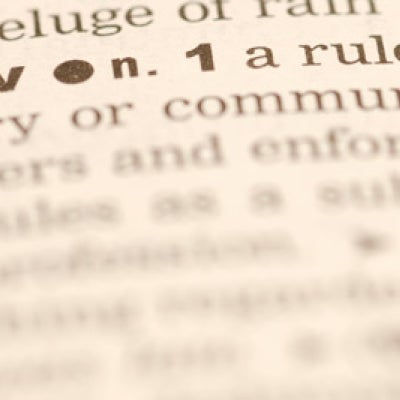Refine results
-
Sex Discrimination14 December 2012Book page
Same-Sex: Same Entitlements: Chapter 10
This chapter focuses on discrimination regarding the entitlements available to veterans of the Australian Defence Forces who have a same-sex partner or children. -
Aboriginal and Torres Strait Islander Social Justice14 December 2012Publication
Submission: Human rights and fundamental freedoms of Indigenous people
Submission to the Special Rapporteur on the situation of human rights and fundamental freedoms of indigenous people – Australian mission Indigenous People's Organisations Network of Australia 17 - 28 August 2009 Download Complete report PDF [667 KB] Complete report Word [502KB] Special Rapporteur on Indigenous Peoples’ - Australian Mission The Australian Human Rights and Commission has made… -
Legal14 December 2012Webpage
Commission Submission Amicus Curiae - Howe v Qantas
However, if appropriate, and with leave of the Court, the Commissioner reserves the right to make further submissions on legal matters which may arise during the hearing of this matter and after receipt of the respondent’s particularised points of defence. No submissions are to be made in relation to the evidentiary and factual matters that may arise for determination. -
Race Discrimination11 December 2013Project

At a glance: Racial vilification under sections 18C and 18D of the Racial Discrimination Act 1975 (Cth)
Understand racial vilification under sections 18C and 18D of the Racial Discrimination Act, exploring key cases and legal interpretations. -
Sex Discrimination29 April 2024Webpage

Guidance materials
The Commission created these guidance materials for organisations and businesses to understand their responsibilities and comply with the positive duty. -
14 December 2012Book page
Building human rights into law and practice - Annual Report 2011-2012: Australian Human Rights Commission
On 25 June 2012, the Australian Parliament passed legislation to establish Australia’s first National Children’s Commissioner. The Commissioner will be a member of the Australian Human Rights Commission. -
14 December 2012Book page
Native Title Report 2000: Appendix 2
1) Committee on the Elimination of All Forms of Racial Discrimination (CERD): additional information to Australia's 10 th , 11 th and 12 th periodic reports under CERD, March 2000; 2) Human Rights Committee: additional information to Australia's third and fourth periodic reports, for consideration during the 69 th session, July 2000; and 3) Committee on Economic, Social and Cultural Rights:… -
14 December 2012Book page
Annual Report 1999-2000: International
The Commission undertakes bilateral international activities, generally as part of the Australian Government's development cooperation program developed by the Australian Agency for International Development (AusAID). The most substantial of these is the Human Rights Technical Assistance Program, which is an integral part of the annual Dialogue on Human Rights with China.
Pagination
- First page « First
- Previous page ‹ Previous
- …
- 67
- 68
- 69
- 70
- Current page 71
- 72
- 73
- 74
- 75
- …
- Next page Next ›
- Last page Last »
